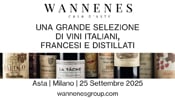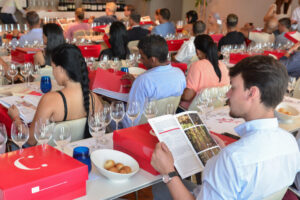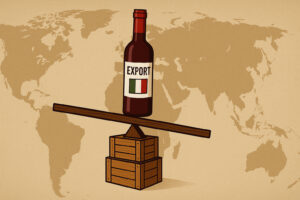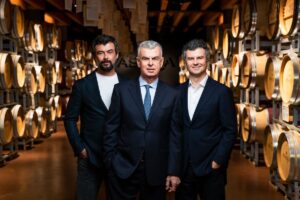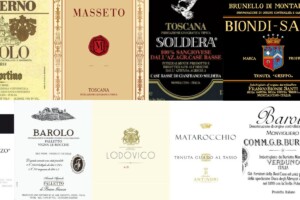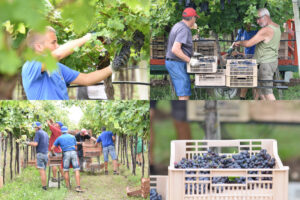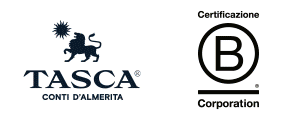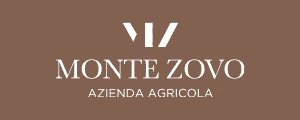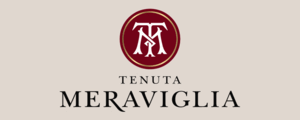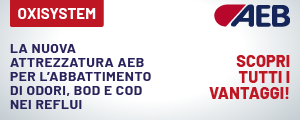Here is the statement of Emilio Pedron, (former and current advisor for GIV, the Italian Wine Group, one of the most important wine groups in Italy), on May 7th in Rome, during the “Gambero Rosso” conference at Tastes of the Town.
“... here is the situation in general on exports of Italian wine. Wine production pays a heavy price because of the crisis and it’s almost always the producer who has to pay, if he is not totally involved in all aspects of the industry. Wine consumption is holding its own or only slightly decreasing, while prices of sales distribution and exports have dropped significantly. The supply chain is almost always in the red. Evidently, the crisis has brought the structural problems of the sector to the surface, has highlighted the shortcomings of the industry and the cultural set of the operators; this being the case, the crisis will end but wine production will continue to suffer.
The wine sector shows that markets are still weary, prices are in decline and operators are pessimistic, even though the Vinitaly 2010 show has boosted spirits a little bit.
The picture at the end of 2009 shows that the average original price of wine has decreased about 18% over the previous year (less 21% for non DOC wines, less 14% for DOC /IGT wines – source: Ismea), and that the price of bottled wine is in steady decline. The average price of wine exported in 2009 decreased by 13.3% over 2008. Tens of millions of bottles of wine are exported at 60/70 cents each, including DOC wine. This means:
- a strongly negative supply chain, grapes are paid well below production cost and zero margin for the bottler / exporter
- a strong and serious loss of value for the industry and a loss of reputation and prestige laboriously built up in recent years
- ”minimizing” a product, which in itself is not trivial; rather, it conveys values, pleasure and lifestyle
- loss of brand name importance. A Chianti at € 0.90 means that Chianti is worthless. A Brunello at 3/4 euro is the destruction of a legend.
The tables clearly show that Italian wine in Germany, England, Canada and the United States is holding its own. But the strange thing is that while manufacturers are faced with the continuing and worrying decline in value, the average price on the shelves has increased. This proves that the myopic choices of many producers who think they can beat competition with price, does not reach the consumer.
The confused behavior of producers and their lack of “cultural knowledge” about the wine market on an International level, have caused irreparable damage. I believe that foreign trade has undergone profound changes in recent years and these changes have re-drawn the competitive landscape where companies operate. It has changed the geographical configuration of the production of wine, reducing the weight of European production (Old Producers) and allowing New Countries’ productions to emerge.
The geographical evolution of demand (consumption) and supply has led to a remarkable growth of the International wine trade. It has changed the role played by the different geographic areas resulting in a significant globalization of the wine market. So, there are now open International markets, which are highly competitive at all price ranges, even highest quality. The demand has changed. The consumer has made a significant qualitative jump and is now capable of and wanting to choose, compare and buy wines possibly of higher value than the price paid. The power of distribution (more and more concentrated) is steadily increasing while the smaller producers, often culturally unprepared to confront advanced distribution systems , are fragmented and disorganized. The legal framework is developing with a clear contrast between those seeking rules and controls in production and those calling for greater freedom. There is a desire to eliminate constraints and rules to be more up-to-date with the market and on par with the New World wine producers. The brand name is gaining more and more importance to the advantage of larger firms because they can develop brand policies while smaller firms feel the need to strengthen collective brands: denominations. The rules regarding the descriptions on the wine label (vines without Origin) have changed. For all these significant changes the industry must consider new strategies and new forms of competitiveness.
Today, the concept of ethics has become an increasingly important role in the characterization of relations with consumer products and distribution channels. Today, the code of ethics protects consumers as well as guaranteeing fair competition among producers, therefore affecting pricing, costs of guarantees and product quality, including environmental, social and economical sustainability. Cooperation is top priority.
Recent years were marked by important changes in the distribution flow among the different channels.
The sharp increase in domestic and International wine trade has stimulated the emergence of a new organizational connection between production and distribution. Wine producers have rarely participated actively, usually passively. Even specialist retail stores (wine shops) were pressured to find answers to the competition of Modern Distribution. New organizations have emerged abroad that manage wine shops and restaurant chains. Their purchasing volumes are very large and they have precise purchasing procedures that require suppliers to have increased professionalism and skills.
In conclusion, to build value and be competitive, wine producers must be much more innovative in the organization of production, distribution and promotion.
In other words the solution of the wine crisis is not so much the market, but the ability of the operators to develop new business structures.
The CMO new wine policy
The needs of a new policy on wine in the European Community can be summed up to allowing and facilitating the recovery of competitiveness of the European wine production. The financial effort of the Community tends to lose strength in support of the market in order to focus on the development of restructuring and consolidating the sector to promote the modernization of the industry.
This includes important measures to promote commercial consortiums for companies. Certainly businesses and organizations in the wine sector should seize the opportunities that the new policies may offer. This can be done by stimulating creativity, innovation and functionality among businesses and rationalizing processing and marketing structures.
Copyright © 2000/2025
Contatti: info@winenews.it
Seguici anche su Twitter: @WineNewsIt
Seguici anche su Facebook: @winenewsit
Questo articolo è tratto dall'archivio di WineNews - Tutti i diritti riservati - Copyright © 2000/2025

